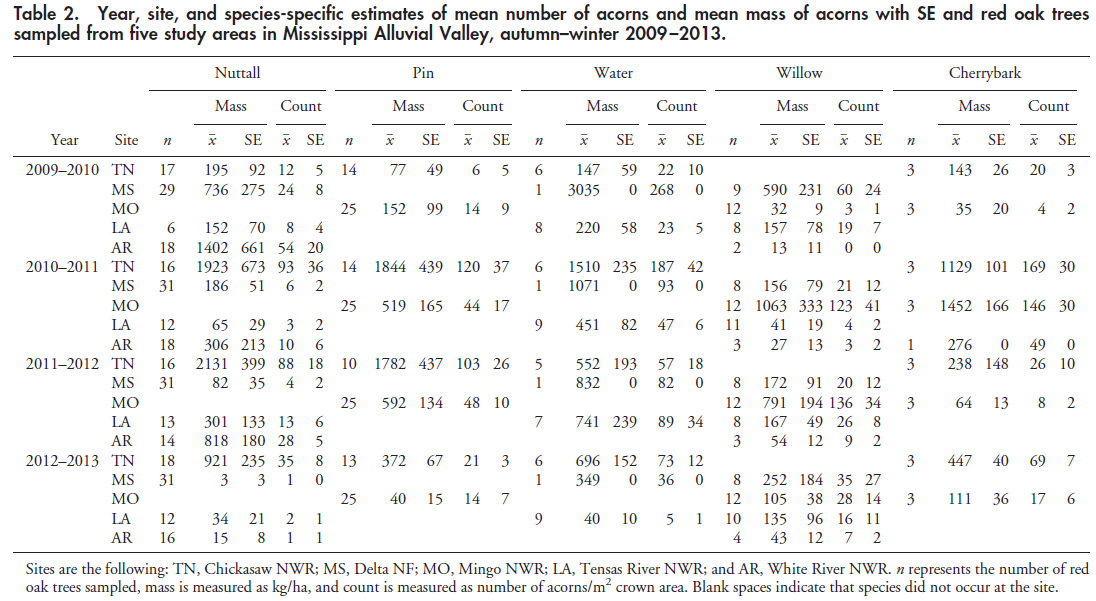Christopher Arvidson
New Member
Hello all I’m new to the forum. I recently planted 50 English oak seedlings, 50 SCO seedlings and have 25 Chinkapin on the way. I’ve also planted around 2 dozen fruit trees. Everything is tubed and weed matted. Ok my real question is what oak trees have you personally seen to be the heaviest mast producers? I have a park near me that has 18 different oak species growing and by far the best of that bunch is a couple of English oaks. An associate works at the local NRCS office and commented the other day that the Oak outside his office is a very heavy producer. He was right it’s probably as heavy a producer as the English oaks in that park but I’m not entirely sure what oak it is it may be a Black oak or perhaps a Scarlet oak. I’ll know better after leaf out. I’m going to be starting some of its acorns in my rootmaker pots regardless of what specific oak it is do to it’s very very heavy mast production. Anyone else know of specific trees that are absolute rock stars in acorn production? I’d love to do a bit of acorn trading next fall for any acorns of superior genetic potential like the ones I’m speaking about. I’ve planted around 4-500 acorns this winter and about 1200 black walnuts also. Depending where those come up this spring I may tube some of them.







